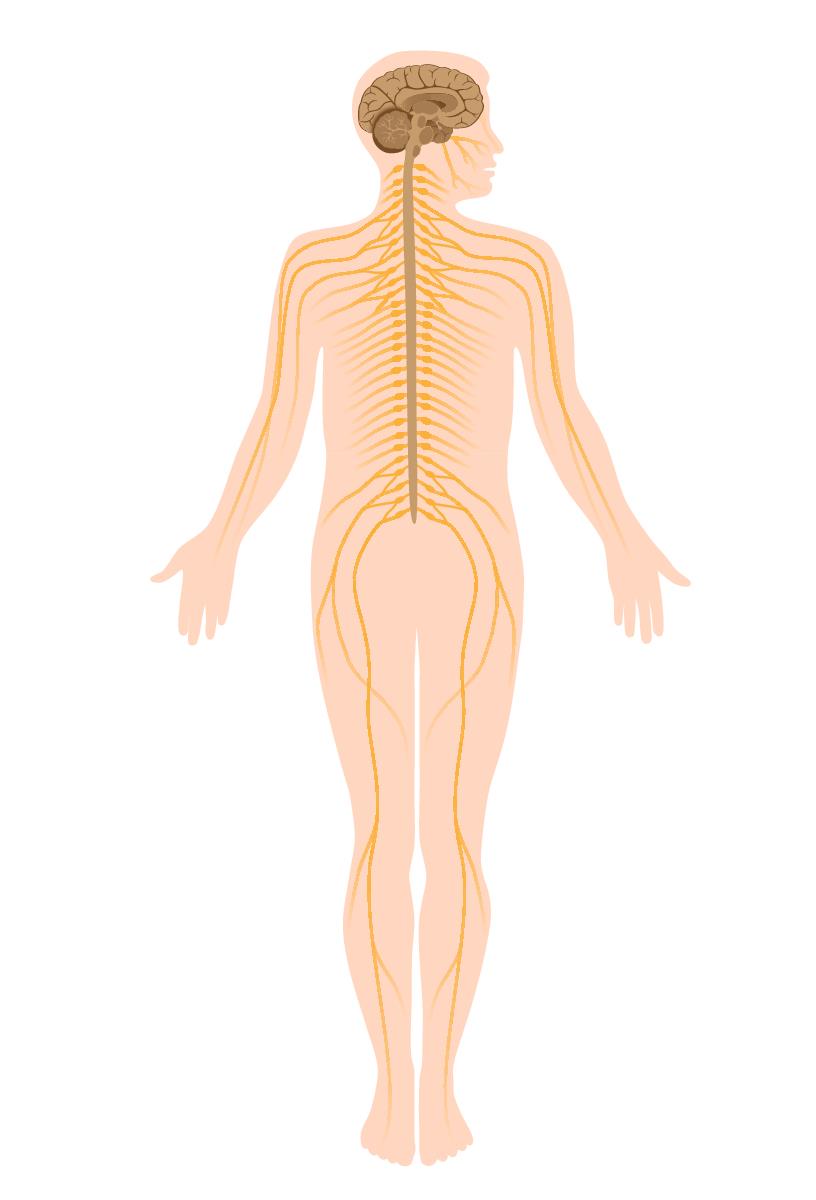
Sciatica

Sciatic Nerve Pain
The sciatic nerves are the largest, longest nerves in the body, extending from the low back and branching all the way down each leg to the toes. The sciatic nerve has its roots from the 3rd lumbar to the 3rd sacral vertebrae in the lower spine.
Sciatic nerve pain, or sciatica, is often described as tingling, pain or numbness in the buttock or leg, usually on one side. This is caused by irritation or compression (pinching) of the sciatic nerve roots where they exit from the spine.
Compression of one or more of these delicate nerve roots can cause excruciating discomfort. The typical referral pain of sciatic nerve pain begins in the low back and extends into the buttock and down the back of one leg, sometimes all the way to the foot. Weakness, tingling, or numbness in the leg may also occur.

Causes of Sciatica
Sciatica is rarely the result of one event, accident or injury. Sciatica’s damage is usually an accumulation of stresses and strains on the lumbar spine. It commonly occurs in cases of a herniated disc in the low back. The bulging disc can compress the delicate nerve roots of the sciatic nerve, causing the pain of sciatica.
With the aging process the spinal joints tend to become arthritic, with bone spurs and disc thinning. This in turn creates more pressure on the sciatic nerve roots. Arthritic degeneration is a result of long-term stress on the back, and for this reason sciatica is often seen in older age people.
Sciatica is also often experienced during pregnancy, when the additional strain on the lower spine and pelvic joints can cause sciatic nerve pain.
Other causes include certain Vitamin deficiencies. diabetes and other serious diseases.
The effects of sciatic nerve pain can permeate every aspect of life. Everyday activities become a chore when suffering from sciatica; even simple tasks such as getting out of bed, coughing sneezing or sitting for more than a few minutes are painful. Bed rest and inactivity is often the only thing that gives relief, though temporary. Walking for short periods may help, but longer walks tend to make the pain worse.
Left untreated, continued pressure on the sciatic nerve roots can cause deterioration of the nerve, causing long term damage, with increasing weakness of the leg and foot muscles and loss of normal feeling. For this reason, sciatic pain should be treated in a timely manner.
Treatment for Sciatica
Chiropractors are trained to find the underlying cause of the sciatic pain, and will enlist the help of other health professionals if the cause is beyond the scope of chiropractic. A health history will be taken to determine when the problem began and the possible causes. This is followed by a complete physical and chiropractic examination, and x-rays or scans may be ordered. The results of these will be reviewed and recommendations made for treatment.
The Chiropractic approach does not cover up the symptoms associated with sciatica, but instead finds and takes care of the underlying causes. Realignment of the spine and pelvis helps remove pressure on the nerves, allowing the body to repair and function optimally. Improving the function of the spine helps prevent arthritic deterioration that contributes to sciatica.
Along with chiropractic treatment, a program of rehabilitation is prescribed to build strength and core stability to prevent future injuries. This conservative type of treatment may help to avoid more expensive and complex interventions in the future.
For sciatica consultation, diagnosis and treatment, contact us at Blue Vista Health Centre.
Our service area includes Bullaburra, Wentworth Falls, Lawson, Leura, Katoomba, Hazelbrook and the greater Blue Mountains.